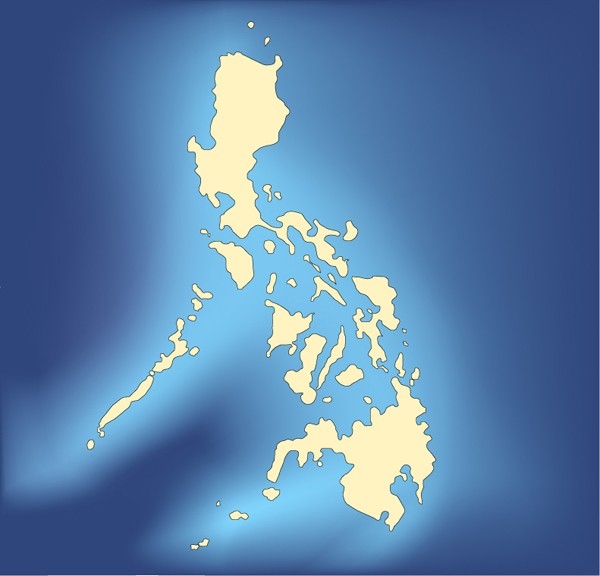
The archipelago of the Philippine Islands occupies over 500,000 square miles of the western Pacific Ocean. The total land area of the 7,100 islands, islets, and rocks makes up a land area of 115,600 square miles. With a basic geographic position on the oceanic margins of southeastern Asia and 500 miles off the south China coast, the Philippines are part of three physical and cultural spheres: the Asian, the Pacific, and the Western. The Philippines has a unique and diverse culture history that embodies both continuity and conflict.
Thousands of years ago, the Philippine islands were interconnected, due to a lower sea level. Groups of early humans from Asia and other areas in the Pacific traveled across land bridges or shallow waters to inhabit the eleven largest islands of the archipelago. The early inhabitants of the Philippines were band-level nomadic hunters who used stone tools to hunt and forage. While these people came from various locations, the isolation they found on the islands allowed them to develop unique identities, even on the separate islands. Archaeologists have found mines, pottery, and the advent of agriculture in the form of rice terraces, dating back to nearly 1000 BCE. Immigrants typically did not associate with other ethnic groups on the islands, so no political unity existed at this time. Chieftains ruled local groups and over 87 dialects were spoken.
Trade became popular in the 9th century and the people of the Philippines enjoyed economic partnerships with China, Japan, Indonesia and Malaysia. During this time, Arab merchants and immigrants came to the Philippines and began spreading their faith. Today, Islam still plays an important role in the lives of many people who live in the southern islands. By the 1600’s, Spanish conquistadors had colonized the islands and their missionaries were teaching Roman Catholicism. In the early 1900’s, the United States took control of the archipelago and set up a commonwealth system. During WWII, the Japanese Empire annexed the Philippines, but after the end of the war, the Republic of the Philippines was born.